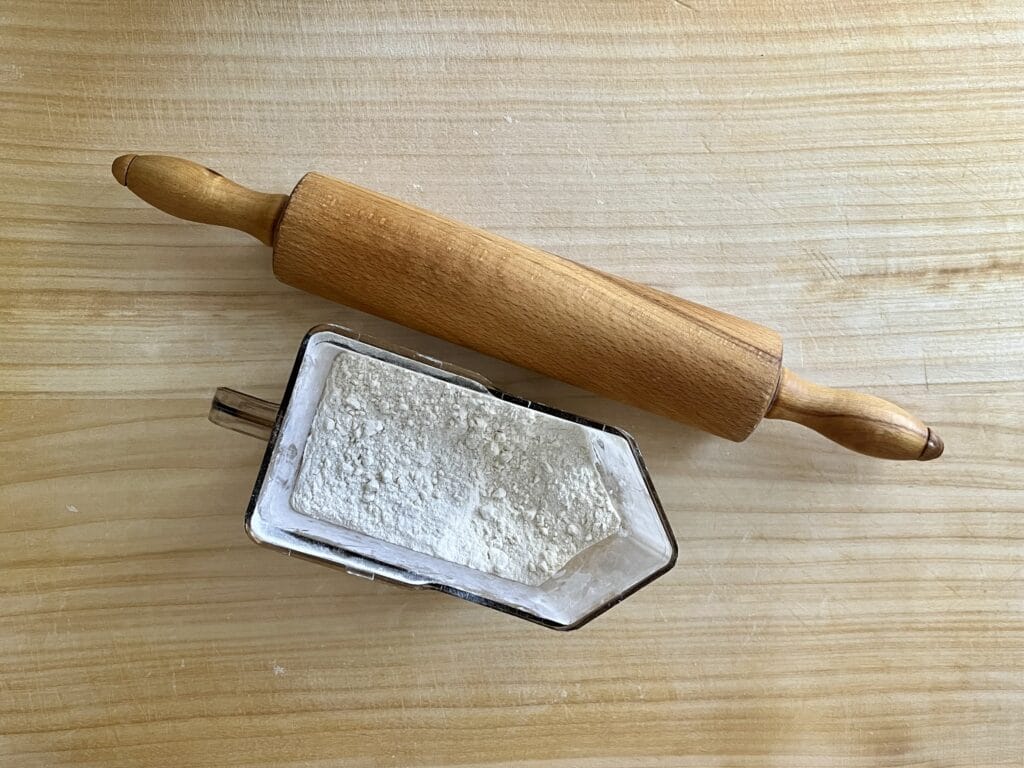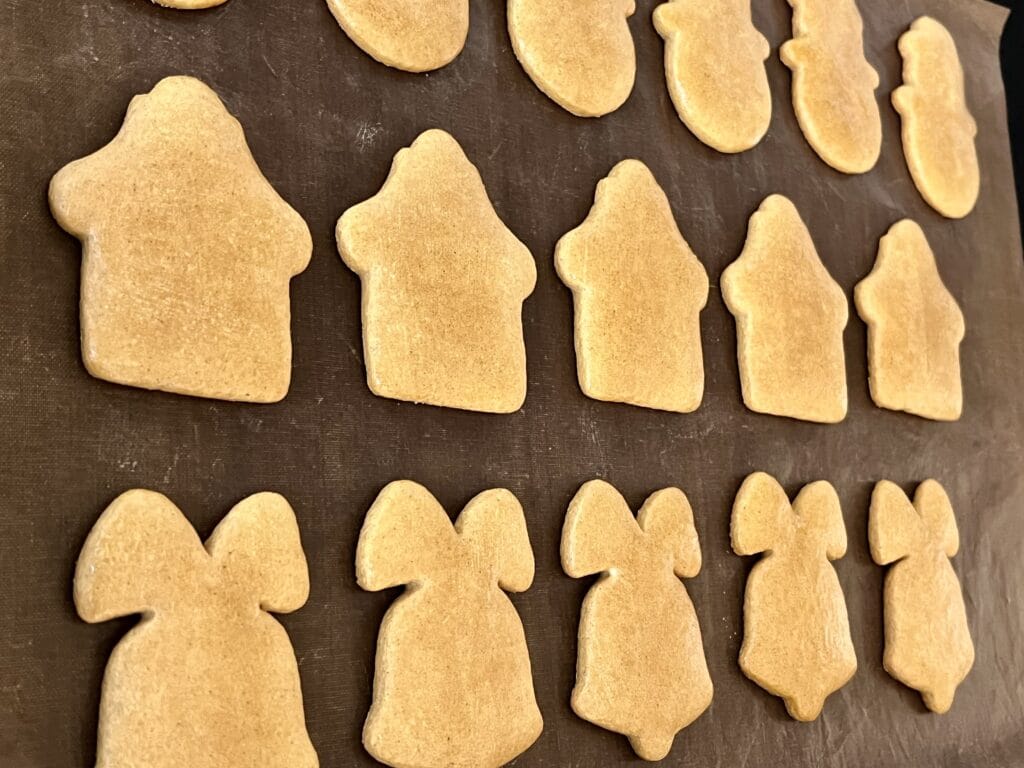Váš košík je momentálne prázdny!
The Basics of Gingerbread Baking: What You Need to Know Before You Begin
„Gingerbread Baking is more than just following a recipe—it’s a time when the aroma of spices turns into memories, and each decoration tells its own story.“
Gingerbread Baking is one of the most beloved holiday traditions, yet for many beginners, creating the perfect gingerbread dough can be a challenge. Soft and fragrant gingerbread doesn’t have to be only a festive specialty—it can be a sweet treat you can master any time of the year. If you’re about to bake your first gingerbread or want to improve your skills, there are a few key things to know that will guarantee your success right from the start.

This article will guide you through the basic steps—from selecting ingredients to preparing the dough. Together, we’ll look at what you need to know to make your gingerbread soft, fragrant, and beautifully decorated. The following tips will save you time and help prevent kitchen mishaps that could take away the joy of baking.
Ingrediencie:
- 1000g plain flour
- 200g powdered sugar
- 80g margarine for baking (I use „Palmarin“ in my country, 75% fat)
- 2 packets gingerbread baking powder
- 5 eggs
- 2 teaspoons baking soda
- 8 tablespoons honey
Gingerbread Baking is a precise process where each ingredient plays a crucial role. Here’s a breakdown of the key ingredients to keep an eye on:
- Flour: Plain flour is traditionally used for gingerbread, as it ensures a soft texture in the dough. If you want to experiment, you can try adding a portion of whole wheat flour for a slightly different flavor, but be careful not to make the dough too dense.

- Honey: Honey is a key ingredient in gingerbread recipes, but not all types of honey are the same. Floral honey adds a milder flavor, while forest honey can bring a richer, more intense aroma.
- Sugar: Traditionally, white sugar is used, but some recipes may include brown sugar, which gives gingerbread a darker color and a hint of caramel flavor (I exclusively use white powdered sugar). Remember, the amount of sugar affects not only sweetness but also the dough’s texture.
- Eggs: Eggs help bind the ingredients together and add moisture to the dough. If you’re using eggs straight from the fridge, let them sit at room temperature for a bit to blend more smoothly with the other ingredients..
- Spices: Spices are the heart of gingerbread, giving it that signature aroma. The most commonly used spices are cinnamon, cloves, nutmeg, and ginger. You can create your own blend or use a ready-made gingerbread spice mix, which is available in stores. I personally use a pre-mixed gingerbread baking powder.
- Baking soda: Baking soda is often used as a leavening agent, adding volume to gingerbread. Be cautious, though—using too much can give the dough a bitter taste, so stick to the recommended amount.
2. Preparing the Dough: The Key to Success
Proper dough preparation is essential to make your gingerbread soft and easy to shape. When making gingerbread dough, there are a few key steps to keep in mind:
- Temperature Consistency: Before starting, it’s important to have all ingredients at room temperature.
- Mixing Dry and Wet Ingredients: It’s best to start by combining the dry ingredients—flour, sugar, spices, and baking soda. Then, add in pieces of margarine, melted honey, and eggs. Mix everything until the ingredients come together into a uniform dough. The dough should be smooth and not sticky. If it’s too sticky, you can add a bit of flour, but be cautious not to make it too firm.
- Resting the Dough: This is a step you definitely shouldn’t skip. The dough should rest in the fridge for at least 48 hours. This time allows the dough to „mature“—the spices blend together, and the dough reaches the ideal consistency for rolling out. If you leave it in the fridge even longer (for example, 4-7 days), the flavor will become even more pronounced.
3. Shaping the Gingerbread: Cutting and Preparing for Baking
Once the dough is ready and well-rested, it’s time for the fun part—cutting out shapes. Gingerbread dough is soft and pliable, making it easy to work with. Take it out of the fridge at least 5 hours before cutting. Take a small portion of the dough and roll it out to a thickness of about 3-4 mm. Remember, thinner gingerbread will bake faster, while thicker pieces will need more time in the oven.
You can use various cutters, from traditional stars and hearts to more creative shapes that suit the occasion. Don’t forget to lightly dust your work surface with flour to prevent the dough from sticking. Once you’ve cut out all the shapes, place them on a baking sheet lined with parchment paper (or baking foil). Leave a bit of space between each gingerbread piece, as they will spread slightly during baking.
One more tip: If you want to use the gingerbread as ornaments for your Christmas tree, make small holes in them for threading a string before baking. After baking, they’ll be sturdy enough for hanging, allowing you to decorate your tree with these festive treats.
4. Baking the Gingerbread: The Key to Perfect Texture
Gingerbread Baking is a crucial step that can determine its texture—whether it’s soft or hard. Preheat your oven to 175°C (350°F) and bake the cookies until they turn a light golden brown, about 6-8 minutes (depending on the size). Every oven is different, so keep an eye on the gingerbread. When the edges start to brown nicely, they’re done. Be careful not to leave them in the oven too long, as they can quickly become hard.

While still warm, gently brush the gingerbread with a beaten egg and let them cool completely on a flat surface (not on the baking sheet). They will firm up as they cool, so if they feel too soft when you take them out of the oven, don’t worry. Once cooled, you can store the gingerbread in a paper box or tin, then place it in a plastic bag and keep it in a dry spot. Stored this way, your gingerbread will stay delicious and soft for up to a month (or until someone sneaks them away! 😊).
Gingerbread Baking can be a fun tradition to enjoy with family or on your own. Once you master the basics, it becomes a delightful activity that not only fills your home with a wonderful aroma but also brings joy to your family and friends. Gingerbread makes a fantastic gift and an even better decoration for the holiday table. Plus, you can experiment with different shapes, flavors, and decorations, giving each piece its own unique style.
If you find this guide helpful, you can be sure your gingerbread will always be a hit. For more insights on gingerbread baking, decorating, and advanced techniques, don’t forget to follow my blog, where you’ll find more great tips, tricks, and unique recipes. Baking gingerbread is an art worth developing, and with each new batch, you’ll grow more skilled and confident.

Pridaj komentár